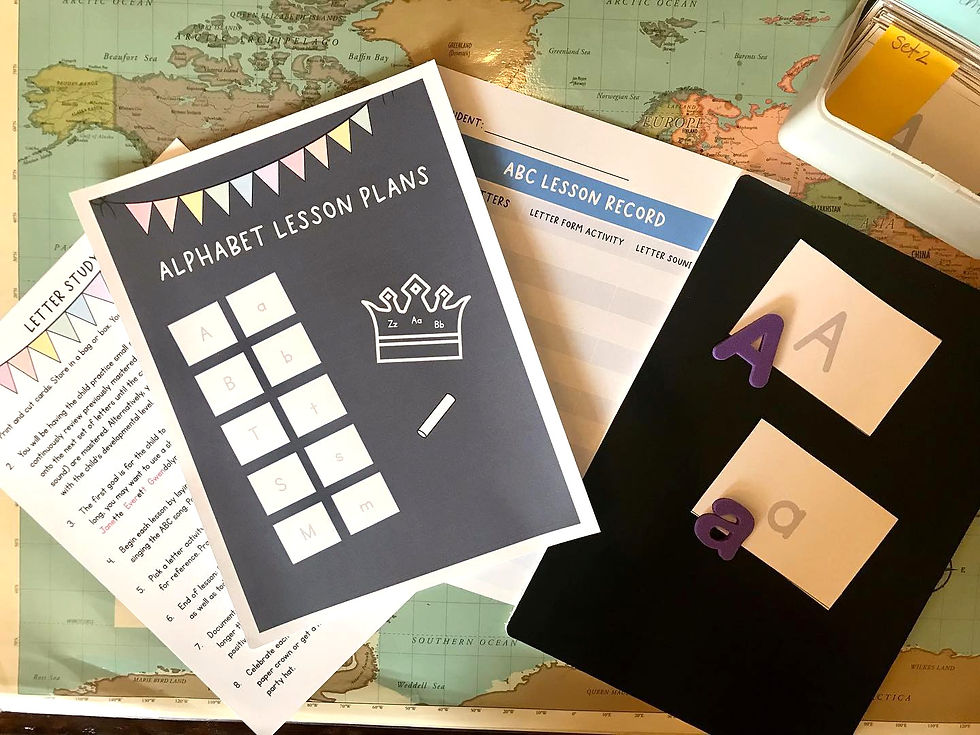Ray's Arithmetic: First Grade
- Laurel Page

- Jul 11, 2022
- 3 min read
Are you considering using the long-loved Ray's Arithmetic math books for your homeschool? They are very cost effective to buy printed and can be found for free in the public domain if you don't mind printing and binding yourself. I decided that I wanted to give it a go with my first grader and so far we are pleased.
I've spent the majority of my son's first grade math on math facts. I've done a lot of flashcard drills and games. See more about turning math into play HERE. He's worked through a good amount of my own math resources (all except division). Now I've moved him into Ray's New Primary Arithmetic and a corresponding Classic Curriculum Workbook.
*I participate in the Amazon Affiliate Program. If you make a purchase through one of my qualifying links within 24 hours I may earn a small commission at no cost to you.

We actually tried Ray's earlier in the year and stopped because it picked up pace very quickly and he couldn't do the work on his own but I did like it so we paused it and then took it back up recently.
One thing I like is how there is a focus on using more words and less symbols. There is something about saying math facts as math sentences that feels more real life and I like that it's not purely abstract symbols. It can feel foreign when it's too isolated from everything else, in my opinion. He likes to color any pictures used as a reward for finishing.

Something to consider is if your student has decent reading and writing skills. I held off on starting him on this series until I thought he could read the workbook and math book without much help from me. I had him do Abacus Flashcard work instead, and other things until his reading and comprehension were strong enough.
How do we use it? Our current routine is to start with 10 math fact flashcards. He plays a game with those or just drills himself with the right pile/wrong pile method. Then he completes Fact Family Homes for the facts he missed and brings it to me to check.

Next, I have him open up his workbook. He is to follow the instructions and ask me if he doesn't understand something. Once his page is done I look it over with him and star the page that is complete.

There is a good amount of oral work which is nice because it's working his mental math skills. If he's struggling we go to paper or the chalkboard. Today's lesson was a page that basically refreshed him on what he is doing and then showed a problem as an example and instructed him to ask his teacher (mom) to ask him the questions from the book. We did that and he got them all right. I gave him a high five for each correct answer.
As is my method, if my student struggles at all I have them redo the lesson the next day. So far he hasn't had to repeat any of his Ray's lessons although earlier in the year when we tried Ray's he did. I think he just wasn't ready for it yet but he is now.
So far I am happy, Will is happy and we will continue with Ray's. I love that there are workbooks available to go along with the book. It really simplified my planning and mental load. I'll check back in with an update in the future. Happy mathing!
Feel free to check out my Teachers Pay Teachers store, Land of Kakiak, where I sell all my RC tailored resources.






Comments